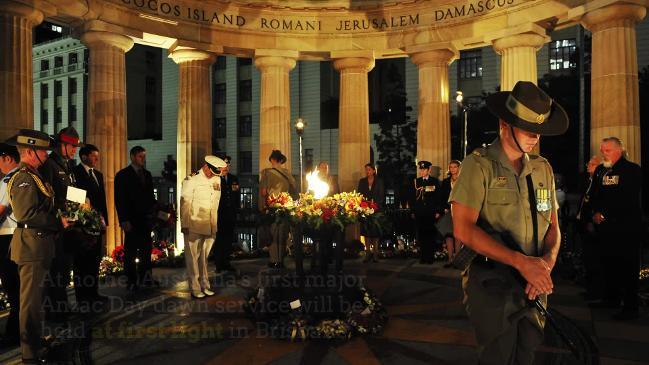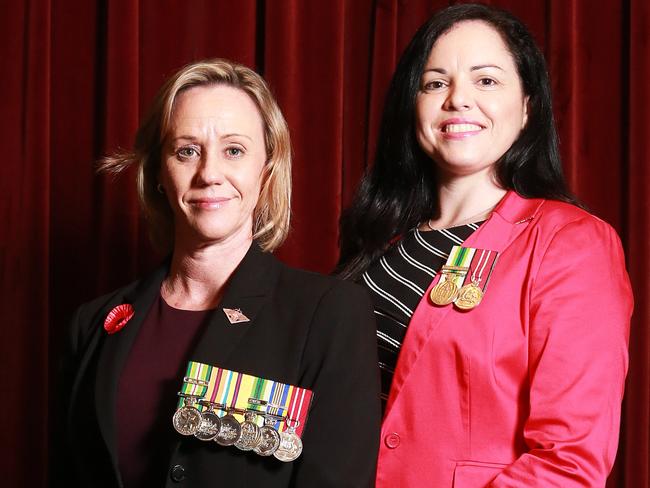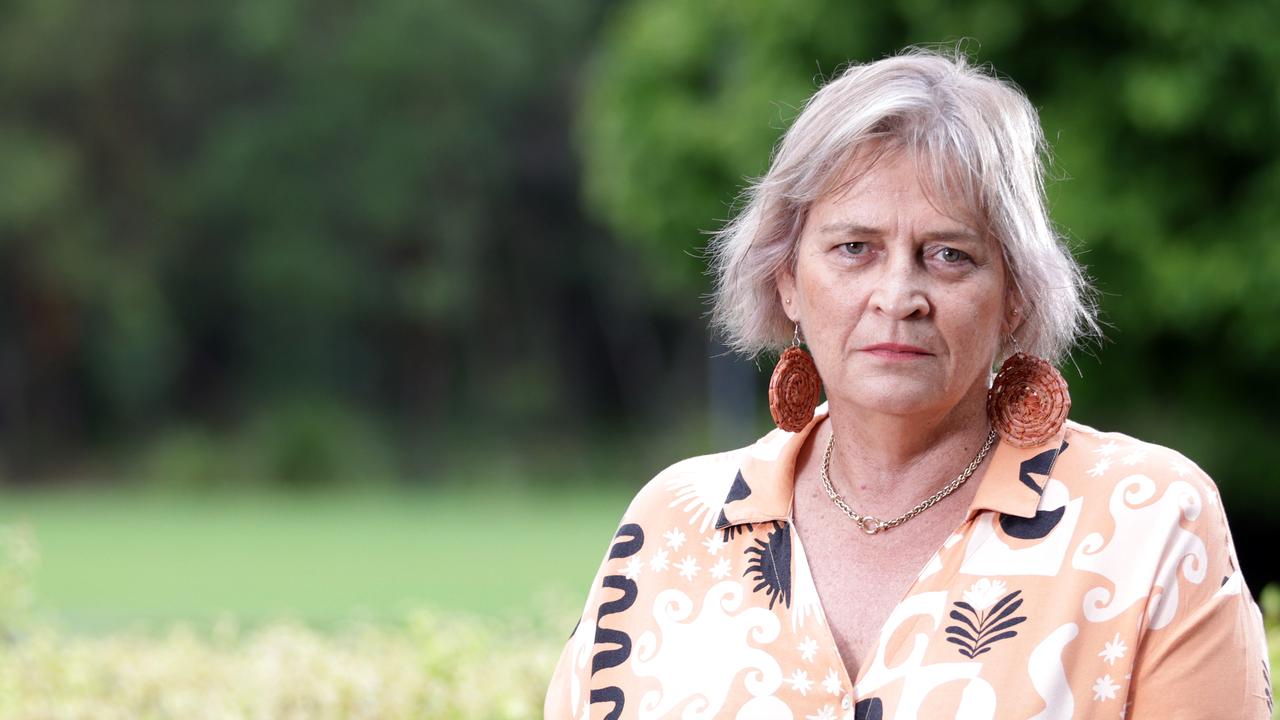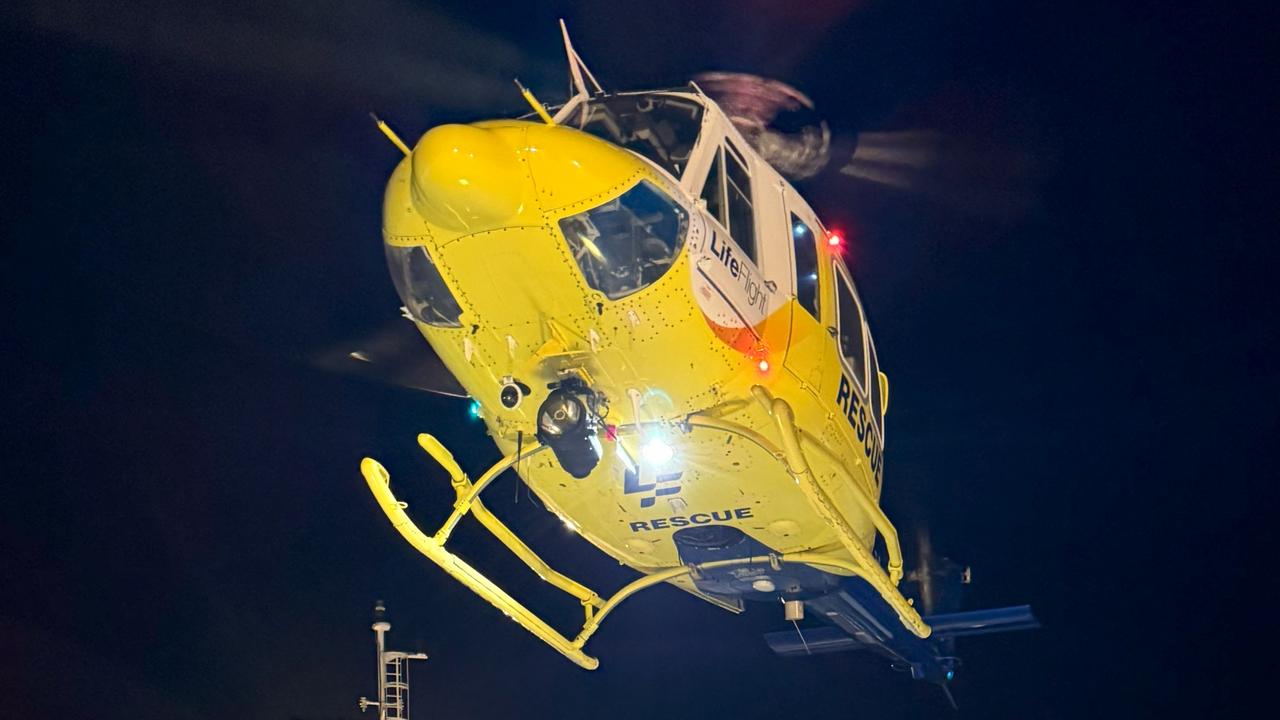Anzac Day 2018: Female veterans make a statement in By the Left march
HUNDREDS of female veterans will take to Queensland streets Anzac Day parades under a special banner in defiance of civilians, and even some older veterans, who have questioned the medals they were wearing.

QLD News
Don't miss out on the headlines from QLD News. Followed categories will be added to My News.
HUNDREDS of female veterans who have repeatedly had their medals questioned will march together under the banner ‘By the Left’ in Anzac Day parades throughout the country tomorrow in an effort to educate the community.
Brisbane is expected to have the largest turnout in the nation, with more than 100 women signed up to participate and 295 women expressing interest in marching via an event listing on the By The Left Facebook page.
Many of the current and former members of the Australian military – some with decades of service under their belts - say they had previously stopped participating in Anzac Day parades and Remembrance Day ceremonies after many civilians, and even some older veterans, questioned why they were wearing their medals on the “wrong side.”

The Department of Veterans Affairs-supported By the Left initiative was started by a serving member of the Army following feedback received from two DVA forums called Female Veterans and Families held in December, 2016 and October, 2017.
Army officer Kellie Dadds, 39, based in Canberra, told the Courier Mail in October that feedback at the forums revealed it was common for the majority of women, and even some younger men, to be negatively questioned about their service.
“There are many female veterans who no longer wear their medals or march on Anzac Day, as they feel they are constantly being asked to prove their service,” she said.
“The aim of By the Left is to broaden the public’s perception of what a veteran looks like.
“This is not a gender issue, it’s a veteran’s issue.”
Mrs Dadds, who has been in the full time Army for 21 years - including deploying overseas eight times - said about 80 women at the initial forum raised their hands when asked who had been confronted about their medals.

“The ADF has been on constant operations now since East Timor in 1999, so there are now a lot of female veterans who have operational medals,” she said.
A roundtable at a Veteran’s Ministers meeting reached a consensus in November 2017 that a veteran would now be defined as ‘a person who is serving or has served in the ADF’.
Ministers agreed use of the term ‘veteran’ should not be limited by the definitions contained in existing legislation.
Previously, in Australia the word ‘veteran’ or ‘war veteran’ was only reserved for those who deployed overseas.
In some other countries, such as the US, all personnel who served are called veterans.
Colleen Swifte, 38, of Coorparoo, served in the Army from 1999 to 2006.
The corporal, who has also worked in war zones, said when she first returned to civilian life she was one of the many women targeted about why they were wearing their medals on their left.
Relatives of veterans are permitted to wear the medals on the right, while serving military personnel and veterans wear the medals on their left.
“In my early days of going to the Anzac parades, civilians and sometimes even older ex-servicemen would question me, and it kind of hurts a bit,” Ms Swifte said.
“You think about what you’ve done to have earnt those medals and you think about your friends who have had it happen to them as well.
“Even some of the men experienced it, as well, from the older generations, but you hear about it more from other service women.
“The image of an Australian solider is not typically thought of being a woman or a woman wearing medals.”
Ms Swifte said during one of the first years she wore her medals, a man questioned her after the parade.
“A man said something to me like ‘What did you even do?’”she said.
“There was an implication that because I was a woman, I must not have done much.
“The following year I was hesitant wearing them because I didn’t want that type of attention again, but I ended up deciding that this is one of the few days in the year that we get to wear them, so I’d do it for myself.”
Warrant Officer 2 Tegan Tippett, 44, of Brisbane, who served in the full time Army for 23 years and is now a reservist, said her sons were the ones who had been questioned.
“I have two boys, who are now 23 and 26, and they always come to ANZAC Day with me,” she said.
“They would wear my replicas on their right, and everyone would always ask if their dad was in the service.
“They always get quite defensive as they are proud of my service and sacrificed with me, as they’ve been through every deployment.”
Ms Swifte said there were also many men and women who served in times of peace who do not feel worthy of marching, mostly due to Australia’s definition of “veteran,” which was changed in November.
One woman who served a few days short of 20 years, wrote on the group’s Facebook page that she still struggles.
“I don’t feel that I measure up to real vets,” the woman wrote.
Mrs Dadds, of Bendigo, and other women emphasise that there were also some young men who have been questioned about their medals due to their age.
“It must be emphasised that female veterans do not want to be viewed differently; they want to be viewed the same – as veterans,” she said.
“Feedback from the male veteran community indicates that they too want both male and females to be viewed simply as one under the veteran banner.
“The definition has changed … a veteran is a veteran does not matter old, young, male or female or where you served. It’s about service.”


